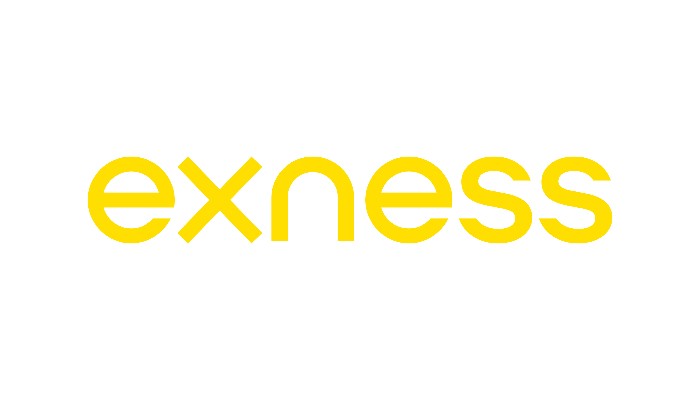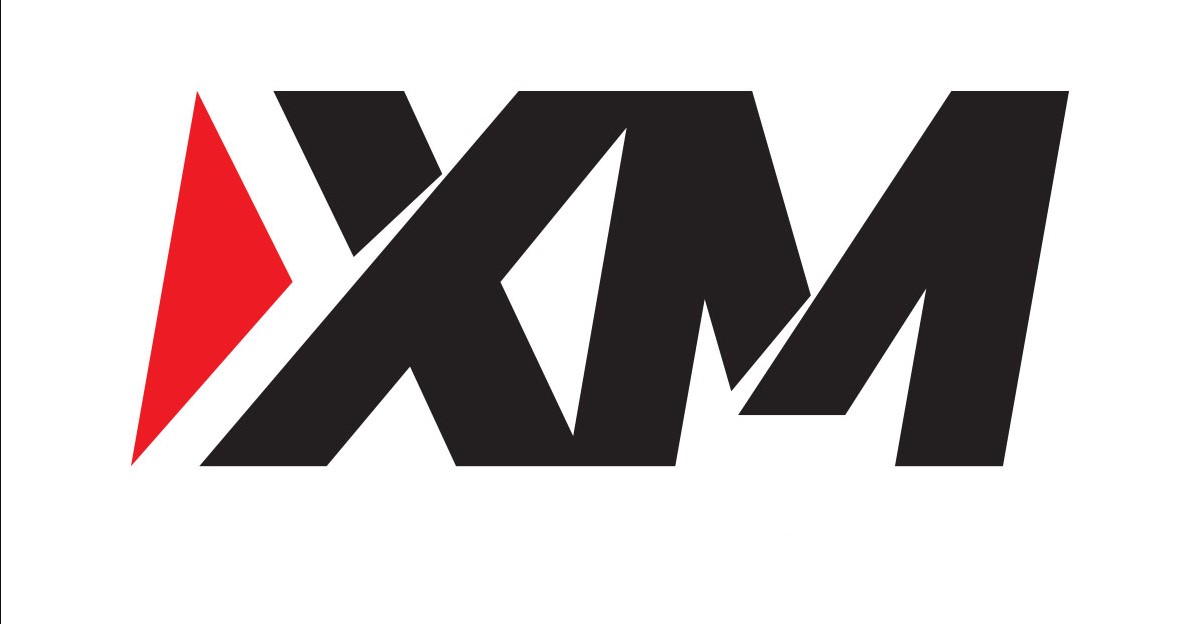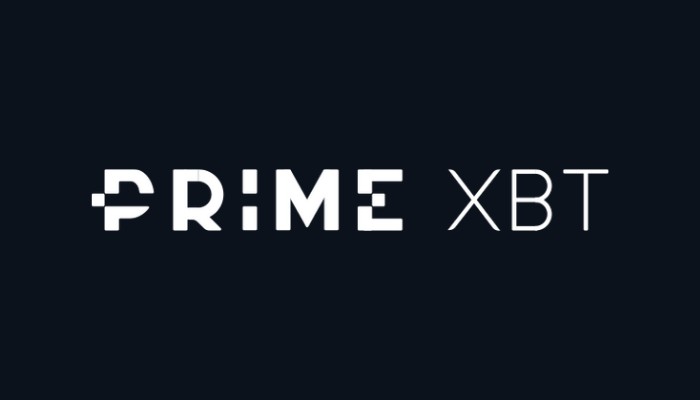Bitcoin halving, also known as "halvening," is a significant event in the cryptocurrency world. It doesn't mean that the value of Bitcoin is cut in half, but rather, it affects the rewards miners receive for adding new transactions to the blockchain. Here's how it works: approximately every four years, the number of new Bitcoins generated per block is reduced by half. This reduction is hard-coded into the Bitcoin protocol and will continue until the network has produced 21 million Bitcoins. This article looks at the historical and upcoming Bitcoin halving dates.



What is Bitcoin Halving
Bitcoin halving is a significant event that occurs approximately every four years. During each halving, the reward for Bitcoin mining is cut in half. This reduction ensures that the total supply of Bitcoin will never exceed 21 million units. The last halving occurred on May 11, 2020, when the mining reward dropped from 12.5 BTC to 6.25 BTC per block.
Our Brokers Recommendations for Bitcoin Trading
Bitcoin Halving Mechanics
Bitcoin halving is a fundamental process ingrained in the cryptocurrency's protocol, occurring approximately every four years. Understanding its mechanics is crucial for grasping the dynamics of Bitcoin's supply and the incentives driving its mining ecosystem.
Explanation of the Halving Process
Bitcoin halving is a pivotal event occurring approximately every 210,000 blocks, roughly translating to every four years. Here’s how it works:
Block Rewards: In the Bitcoin network, blocks are created approximately every 10 minutes, containing a collection of verified transactions. Miners compete to solve complex mathematical puzzles (a process known as proof-of-work), and the first miner to find a valid solution gets to create a new block. As a reward for their efforts, miners receive a certain number of newly minted bitcoins. This reward is called the block reward.
Halving Schedule: After every 210,000 blocks are added to the blockchain, the block reward is halved. This means that miners' reward for validating new transactions is cut in half. The reduction in the block reward directly impacts the rate at which new bitcoins are created.
Network Consensus: Bitcoin halving is determined by the consensus mechanism called proof-of-work. Miners expend computational power to validate transactions and secure the network. When a halving occurs, the total supply of bitcoins increases at a slower pace, gradually reducing the available new supply.
Impact on Block Rewards and Miner Incentives
The halving process has several significant effects:
Reduced Supply: By halving the block reward, the rate at which new bitcoins enter circulation decreases. This scarcity contributes to Bitcoin’s deflationary nature and its appeal as a store of value.
Miner Incentives: Miners are crucial in maintaining the network’s security and validating transactions. When the block reward is halved, miners receive fewer bitcoins for their efforts. However, the hope is that the increased scarcity will drive up the value of existing bitcoins, compensating for the reduced reward.
Market Dynamics: Historically, Bitcoin halvings have been associated with bull markets. The anticipation of reduced supply often increases demand, potentially driving up prices. However, market dynamics are complex, and other factors influence price movements.
Our Brokers Recommendations for Bitcoin Trading
Historical Context of Previous Halvings
Let’s take a quick trip down memory lane:
First Halving (2012): In November 2012, the block reward dropped from 50 BTC to 25 BTC. This event marked Bitcoin’s transition from an experimental digital currency to a more established asset.
Second Halving (2016): In July 2016, the reward further halved to 12.5 BTC per block. The market responded with increased interest, and Bitcoin’s price began its ascent.
Third Halving (2020): On May 11, 2020, the block reward was reduced to 6.25 BTC. This halving occurred amid growing institutional interest and a surge in retail participation.
Fourth Halving (Expected in 2024): The next bitcoin halving countdown is anticipated to occur in early to mid-2024, reducing the block reward to 3.125 BTC. As we approach the theoretical maximum supply of 21 million bitcoins, each subsequent halving will have a diminishing impact.
Remember, Bitcoin’s final halving is projected to happen around 2140 when the total number of bitcoins in circulation will reach its maximum limit. Until then, the halving events continue to shape the crypto landscape.
How Many Bitcoin Halvings Are Left
As of now, there have been three halvings, and we have 29 more to go until the year 2140 when new BTC creation will cease entirely. Let’s take a look at the 10 upcoming halvings:
4th Halving (April 2024)
- Estimated Date: April 2024
- Block Number: 840,000
- Block Reward: 3.125 BTC
- New BTC Mined: 656,250 BTC
- All BTC Mined: 20,343,750 BTC
- % of All BTC Mined: 96.875%
5th Halving (2028)
- Estimated Date: 2028
- Block Number: 1,050,000
- Block Reward: 1.5625 BTC
- New BTC Mined: 328,125 BTC
- All BTC Mined: 20,671,875 BTC
- % of All BTC Mined: 98.4375%
6th Halving (2032)
- Estimated Date: 2032
- Block Number: 1,260,000
- Block Reward: 0.78125 BTC
- New BTC Mined: 164,062.5 BTC
- All BTC Mined: 20,835,937.5 BTC
- % of All BTC Mined: 99.21875%
7th Halving (2036)
- Estimated Date: 2036
- Block Number: 1,470,000
- Block Reward: 0.390625 BTC
- New BTC Mined: 82,031.25 BTC
- All BTC Mined: 20,917,968.75 BTC
- % of All BTC Mined: 99.609375%
8th Halving (2040)
- Estimated Date: 2040
- Block Number: 1,680,000
- Block Reward: 0.1953125 BTC
- New BTC Mined: 41,015.625 BTC
- All BTC Mined: 20,958,984.38 BTC
- % of All BTC Mined: 99.8046875%
9th Halving (2044)
- Estimated Date: 2044
- Block Number: 1,890,000
- Block Reward: 0.09765625 BTC
- New BTC Mined: 20,507.8125 BTC
- All BTC Mined: 20,979,492.19 BTC
- % of All BTC Mined: 99.90234375%
10th Halving (2048)
- Estimated Date: 2048
- Block Number: 2,100,000
- Block Reward: 0.048828125 BTC
- New BTC Mined: 10,253.90625 BTC
- All BTC Mined: 20,989,746.09 BTC
- % of All BTC Mined: 99.95117188%
11th Halving (2052)
- Estimated Date: 2052
- Block Number: 2,310,000
- Block Reward: 0.0244140625 BTC
- New BTC Mined: 5126.953125 BTC
- All BTC Mined: 20,994,873.05 BTC
- % of All BTC Mined: 99.97558594%
12th Halving (2056)
- Estimated Date: 2056
- Block Number: 2,520,000
- Block Reward: 0.01220703125 BTC
- New BTC Mined: 2563.476563 BTC
- All BTC Mined: 20,997,436.52 BTC
- % of All BTC Mined: 99.98779297%
13th Halving (2060)
- Estimated Date: 2060
- Block Number: 2,730,000
- Block Reward: 0.006103515625 BTC
- New BTC Mined: 1281.738281 BTC
- All BTC Mined: 20,998,718.26 BTC
- % of All BTC Mined: 99.99389648%
Our Brokers Recommendations for Bitcoin Trading
The Significance of Bitcoin Halving
Bitcoin halving, a pivotal event in cryptocurrency, occurs approximately every four years. It significantly impacts the Bitcoin network by altering the reward structure for miners. Let’s explore its significance and its effects on inflation control, market dynamics, and expert opinions.
Role in Controlling Inflation
Bitcoin halving fundamentally reduces the rate at which new bitcoins are created. Here’s how it works:
Mining Reward Reduction: When a halving event occurs, the reward given to miners for validating transactions is cut in half. For instance, after the last halving in May 2020, the block reward decreased to 6.25 BTC. This reduction directly affects the supply of new bitcoins entering circulation.
Scarce Supply: Halvings make Bitcoin more scarce by lowering the amount of new supply available. Unlike traditional fiat currencies subject to central bank printing, Bitcoin adheres to a fixed supply cap of 21 million coins. Each halving brings us closer to this theoretical maximum.
Inflation Control: The inflation rate decreases with fewer new bitcoins being mined. This scarcity-oriented approach aligns with Bitcoin’s core philosophy of being a deflationary digital asset. The reduced supply can lead to price appreciation as demand persists or grows.
Market Reactions and Price Trends
Bitcoin halvings trigger fascinating market dynamics:
Anticipation: The crypto community eagerly awaits halving events. As the countdown approaches, speculation intensifies. Traders and investors adjust their strategies, anticipating potential price movements.
Historical Trends: Previous halvings have shown consistent patterns. Bitcoin's price tends to surge in the months leading up to and following halvings. The logic is straightforward: reduced supply meets steady or increasing demand, resulting in upward price pressure.
Post-Halving Peaks: Historically, the most significant price rallies occur after halvings. For instance, after the 2012 and 2016 halvings, Bitcoin experienced substantial bull runs. While correlation doesn’t guarantee causation, the scarcity narrative plays a role.
Expert Perspectives
Experts and analysts weigh in on Bitcoin halving:
Bullish Sentiment: Many experts view halvings as bullish catalysts. They emphasize the scarcity-driven narrative and anticipate positive price movements. However, it’s essential to consider other market factors too.
Market Maturity: Some analysts argue that as Bitcoin matures, the impact of halvings may diminish. Institutional participation, regulatory developments, and macroeconomic trends now influence the market alongside halvings.
Long-Term Vision: Regardless of short-term fluctuations, the final halving is projected for around 2140, when the total number of bitcoins will reach 21 million. This long-term vision underscores Bitcoin’s unique value proposition.
In summary, Bitcoin halving isn’t merely a technical adjustment; it’s a fundamental event shaping digital gold’s future. As we approach the next halving in early-to-mid 2024, the crypto community eagerly awaits its impact on the ever-evolving landscape.
Our Brokers Recommendations for Bitcoin Trading
Conclusion
In conclusion, Bitcoin halving stands as a cornerstone event in cryptocurrency, occurring approximately every four years to reshape the landscape. With 29 Bitcoin halvings dates left until the theoretical cap of 21 million bitcoins, the significance of these events extends beyond miner rewards. Halving impacts inflation, making Bitcoin scarcer and aligning with its deflationary nature. Market reactions, historically marked by surges post-halving, add complexity to the crypto landscape.
Expert perspectives vary, with bullish sentiments emphasizing scarcity and others considering broader market influences. As we anticipate the next halving in 2024, Bitcoin's long-term vision remains a focal point, highlighting its unique value proposition in the ever-evolving digital economy.








